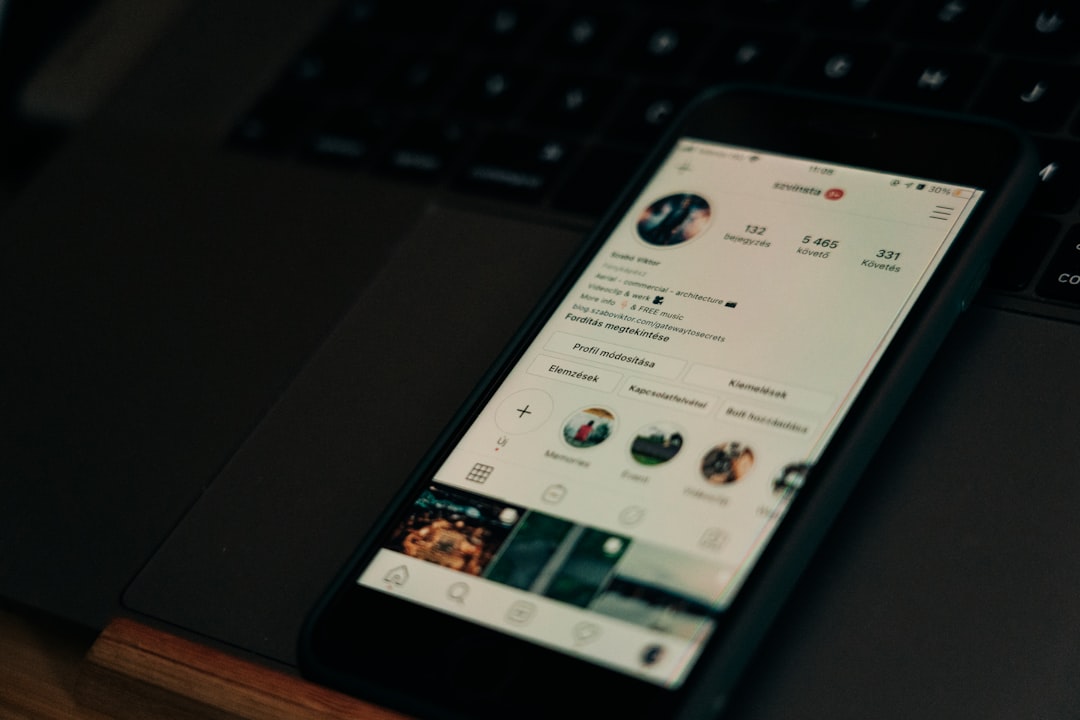In the rapidly evolving digital landscape, mobile marketing has emerged as one of the most powerful tools for brands looking to engage consumers. With mobile device usage surpassing desktop, marketers have had to redefine their strategies to meet users where they are most active — on their smartphones. One of the most transformative innovations in this area is the implementation of deep link QR codes. These enhanced QR codes are revolutionizing how businesses connect users with specific content, streamlining user experience, and boosting conversion rates in unprecedented ways.
What Are Deep Link QR Codes?
Traditional QR codes redirect users to a generic website or app download page. In contrast, deep link QR codes take users to specific screens within a mobile application or web experience. For example, instead of directing a customer to an app’s homepage, a deep link QR code can bring them directly to a product page, promotional offer, checkout screen, or even a pre-filled form. This specificity streamlines access and eliminates unnecessary steps.
The underlying technology uses deep linking frameworks like Apple’s Universal Links or Android App Links, enabling a seamless user journey from a physical medium (like printed flyers or posters) or digital platform into the heart of an app’s interface.
Enhancing Mobile User Experience
Today’s consumers expect frictionless interactions. Deep link QR codes cater to these expectations by significantly reducing the number of taps or redirects needed to reach a desired destination. For instance, a user interested in a specific sneaker spotted in an ad can scan a QR code and immediately be taken to the purchase page of that sneaker within the brand’s app — eliminating the need for multiple navigational steps. This streamlined experience not only improves user satisfaction but also increases conversions.

Personalization and Targeting Capabilities
One of the most significant advantages of deep link QR codes in mobile marketing is the ability to create highly personalized campaigns. Marketers can generate different QR codes for different audience segments, leading users to customized in-app experiences based on demographics, geographic location, or previous purchases. This added layer of personalization helps to significantly improve engagement and relevancy.
Additionally, deep linking allows for dynamic redirection, where the landing page can be changed in real-time depending on the user’s behavior or device type. Combined with analytics, this capability empowers marketers to refine their strategies on the fly and drive better results.
Integration with Omnichannel Strategies
Deep link QR codes are a perfect fit for omnichannel marketing campaigns. These campaigns aim to provide a unified and consistent brand experience across multiple touchpoints, such as mobile apps, websites, physical stores, and social media. By integrating deep link QR codes into posters, product packaging, direct mail, and email newsletters, brands can create a bridge between the physical and digital worlds in a seamless and measurable way.
For example, a retail brand hosting an in-store promotion could place a QR code next to each product. When a customer scans the code, they are taken to a video demo of the product or a related upsell offer within the brand’s mobile app. The result is an enhanced in-store experience that leverages digital content to boost engagement and sales.
Boosting App Engagement and Retention
Getting users to download and open a mobile app is difficult enough—getting them to return regularly is even harder. Deep link QR codes help solve this issue by providing users with a reason to launch or reinstall the app. They create contextual entry points that tie the app experience directly to real-world incentives or situations.
This can be especially beneficial for re-engaging dormant users. Brands can send push notifications or direct mail with QR codes designed to lead users to exclusive in-app promotions, events, or content, enticing them to re-engage with the app.
Data and Analytics Insights
Deep link QR codes generate valuable data that can be used to optimize marketing efforts. Marketers can track:
- Scan frequency — How often QR codes are scanned.
- User devices — The types of devices and operating systems used.
- Geolocation — Where the scans took place geographically.
- Conversion behavior — What users did once they were redirected.
This data enables an ongoing feedback loop that marketers can use to test, tweak, and personalize their mobile strategies. Unlike static traditional advertising, these insights create a dynamic way to respond to audience behavior in real-time.

Use Cases Across Industries
The application of deep link QR codes extends across many industries:
- Retail: Enables quick access to product details, reviews, and discounts.
- Hospitality: Check-in via app, order room service, or explore hotel amenities.
- Healthcare: Book appointments or access test results via patient portals.
- Entertainment: Promote streaming content with quick links to watch trailers or purchase tickets.
- Real Estate: Link QR codes on property signs to virtual tours or property listings within apps.
Each of these use cases highlights the blend of convenience, efficiency, and personalization that deep link QR codes bring to mobile marketing campaigns.
Challenges and Considerations
Despite their many advantages, deep link QR codes come with challenges that marketers must carefully consider:
- Compatibility: Ensuring that deep links function across different operating systems and app versions.
- Dependency on Internet access: QR codes require mobile data or Wi-Fi to function effectively.
- Tracking privacy: Complying with privacy regulations like GDPR when collecting user data.
- User education: Some users may still be unfamiliar or hesitant to scan QR codes.
Addressing these concerns with transparent user education and thoughtful UX design is essential to maximizing the potential of deep link QR codes.
The Future of Deep Link QR Codes in Marketing
As mobile apps become more integral to brand-consumer interactions, deep link QR codes are likely to become a standard component of any robust marketing toolkit. Emerging technologies such as augmented reality, AI-powered recommendation engines, and 5G connectivity will only enhance their utility and effectiveness.
Brands that adopt this technology early are likely to benefit from higher engagement, better retention, and improved customer satisfaction — all at a relatively low implementation cost.
Conclusion
Deep link QR codes are not just a passing trend. They represent a significant evolution in mobile marketing tactics, offering a more intelligent, efficient, and data-driven way to reach consumers. By eliminating friction in the user journey, enhancing personalization, and providing tangible links between physical and digital experiences, they are setting a new standard for how brands engage with mobile-first audiences.
FAQ
- Q: What’s the difference between a standard QR code and a deep link QR code?
A standard QR code typically directs users to a static URL. A deep link QR code takes users directly to specific in-app content based on the campaign’s goal. - Q: Do I need a mobile app for deep link QR codes to work?
Yes and no. While deep linking is most powerful within apps, web URL deep linking can also guide users to specific content on a mobile-responsive website. - Q: Are QR codes still relevant in 2024?
Absolutely. QR code scanning has grown significantly, especially post-pandemic. Integrating them with deep linking has only increased their utility and relevance. - Q: How can I measure the effectiveness of my deep link QR code campaign?
You can track scans, user behavior post-scan, conversion rates, and location data using analytics platforms integrated with your QR code tool. - Q: Can I change the destination URL of a printed QR code?
Yes. With dynamic deep link QR codes, you can update the destination content without changing the QR code itself.
